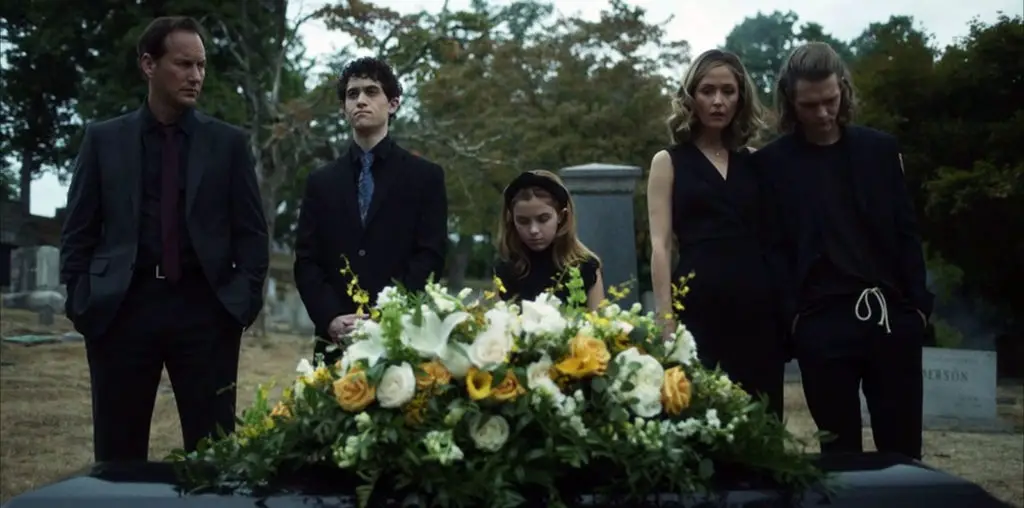
Every year, thousands upon thousands of curious gawkers assemble outside of the Trinity Assembly of God, a small-town church just outside of Dallas. Christians, atheists and everything in between line up by the bus load every Halloween for a big ole’ dose of Hell, fire and brimstone Texas style.
The actual Hell House is more blunt than the Jack T. Chick comics the stranger on the side of the street gives you or those found in grungy gas station bathrooms. Planning begins in the summer as scripts must be written, actors cast and sets constructed. The actual event is little more than a high school theatre production riddled with trailer park stereotypes and amateur acting. Yet, as evidenced by the annual count of 13,000 visitors and the rooms filled with repenting sinners demonstrate, the Hell House garners the results any church would be looking for.
The most interesting thing to watch in “Hell House” is how seriously the community, particularly the teenagers, take the annual event. When the audition results are posted, the crowd and ensuing excitement feel more like the final cuts for the cheerleading squad are being made. Friends congratulate one another on a job well done, while others sulk at the prospect of getting a part lesser than that of Suicide Boy or Rave Girl. Whether they admit it or not, for these kids, and many of their parents, Hell House has become as much a status symbol as it is an outreach opportunity. The way many of the kids are portrayed, it raises the question as to whether or not the participants care more about being a part of Hell House or to draw people to the church.
Director George Ratliff does a good job at avoiding a simple point and shoot approach to the documentary. Instead, he carefully frames shots, giving the film a strong visual style. Ratliff also includes several intimate interviews with several Trinity locals, positioning them on a simple white backdrop that kept reminding me I had to go to the Gap to buy a pair of cargo pants. Damn those catchy ad campaigns that are so simple, yet oh so affective.
Ratliff managed to uncover the personal plights and tragedies of many of those involved. Of particular interest is a man who, within seconds of being shown on screen, is helping his infant son who has broken into a sudden seizure. It turns out the man has been abandoned by his wife and left with several children to raise on his own, including a daughter who has a good chance of landing the coveted role of Abortion Girl. Ratliff becomes so interested in this dysfunctional family that there are times where I wondered where his motivations were. Did Ratliff want to tell their story to be sympathetic or did he emphasize the sensational? It’s likely a bit of both, but whatever it is I found myself sucked right into it.
“Hell House” draws attention to a unique aspect of modern religion in North America. The event is such a phenomenon that it’s now spawning several imitators across the United States. Ratliff strips away the process and reasoning behind the original Hell House. He also takes a critical look at the pageant Hell House has become. A tad controversial, “Hell House” doesn’t exist to cast stones, but rather document their hurlers.
